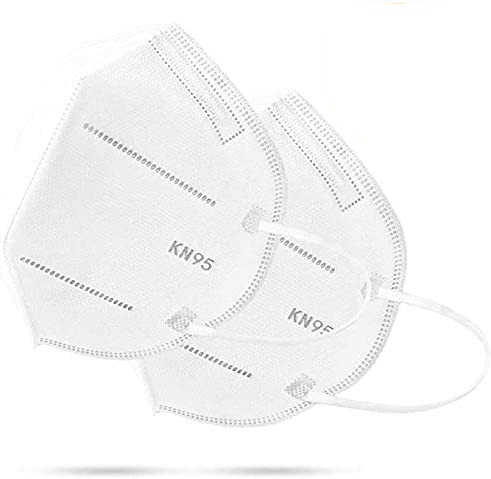The U.S. face mask market is expected to reach US$556.7 million in 2024, growing at a CAGR of 1.30%, for the duration spanning 2020-2024. The factors such as a rise in carbon dioxide emission, growth in geriatric population, speeding-up of surgical procedures, rapid urbanization, upsurge in disposable income and increasing prevalence of airborne diseases are expected to drive the growth of the market. However, the market growth would be challenged by concerns regarding the disposal of non-woven face masks, prevalence of counterfeit products and supply shortage of face masks. A few notable trends may include acceleration in e-commerce business, rising shift towards disposable face masks, advancement in face masks and initiation of face masks production by fashion brands.
What are the different types of protective masks?
The level of protection you receive from a face mask will depend on which type you use.
Surgical face masks. These are flimsy pieces of paper or fabric held loosely across the nose and mouth. They are not designed to filter anything that is dissolved in the air. Rather, they stop droplets of liquid from entering or exiting the mouth and nose. They are really only for ensuring that infections are not passed between patients and caretakers or medical personnel.
Respirators. A respirator is a device that forms a seal around your mouth to protect you from particles floating in the air. They are primarily designed to stop small particles from entering the lungs through the mouth or nose. Most are domes of fibrous fabric held tightly over the mouth and nose. The N95 is a type of respirator mask.
Gas mask. A gas mask is a type of respirator, but it contains filtration media that stop not only particles but also different gases. The user’s own breathing is used to draw air through the filter media. Gas masks usually have filtration cartridges that must be changed as they become saturated with toxins.
Power Air Purifying Respirator (PAPR). This is a lot like a gas mask except it has a battery to run a fan that propels the air through the filtration cartridges. If you have a condition that restricts breathing a PAPR is a much better choice than a standard gas mask to prevent undue strain on the lungs.
Self Contained Breathing Apparatus (SCBA). An expensive and heavy device, a SCBA supplies oxygen and is only used by professionals such as firefighters when entering an area where oxygen will be scarce. It requires a heavy oxygen tank (at least 30 pounds), and so is inadvisable for anyone not trained in its carrying and usage.



